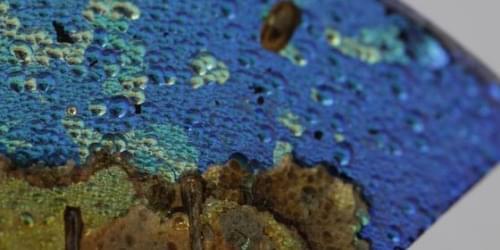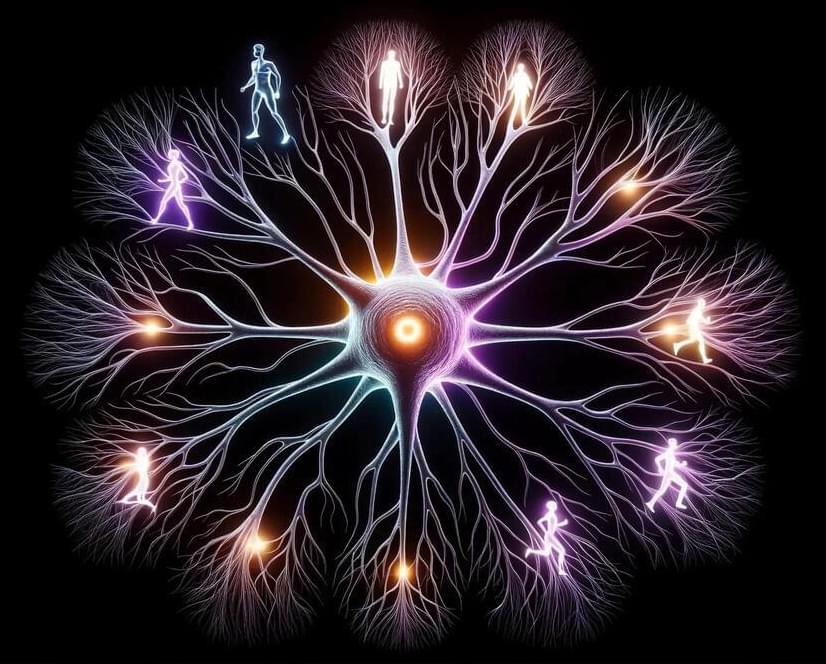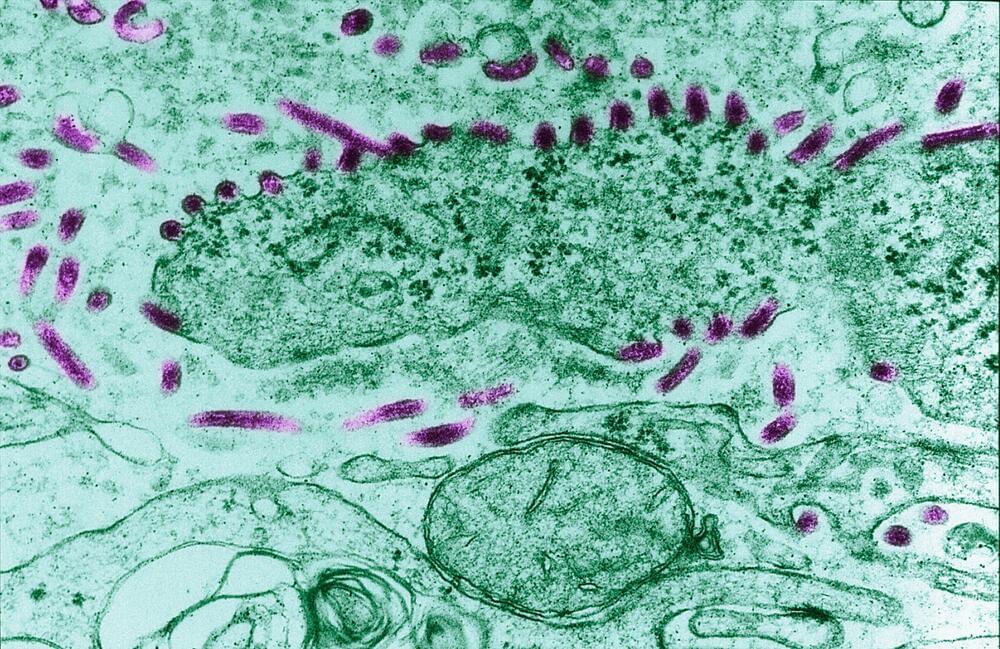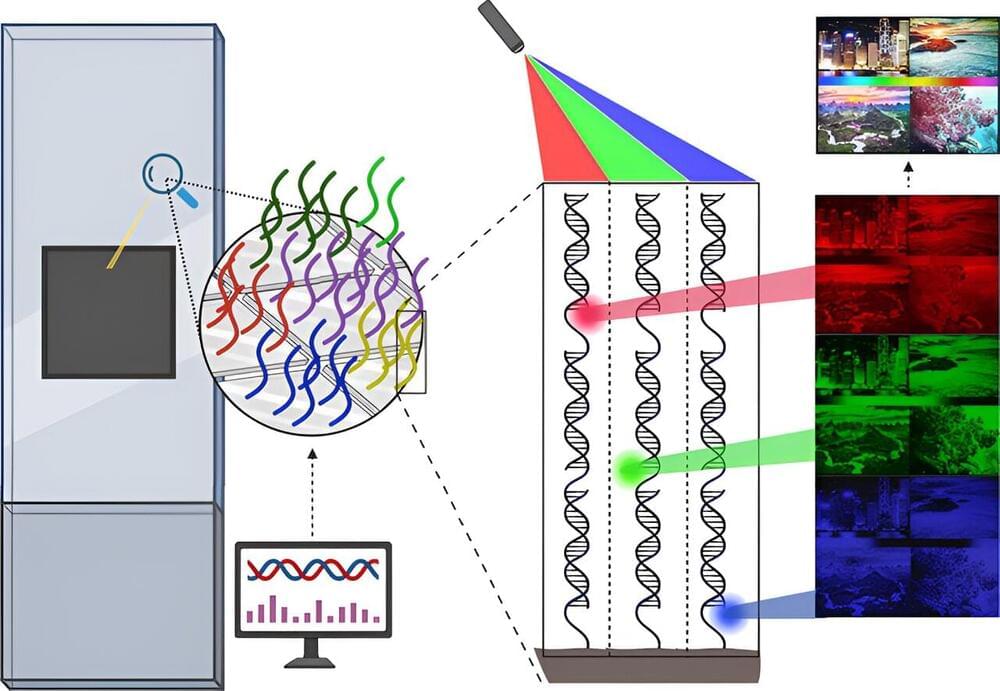Modern physics can explain everything from the spin of the tiniest particle to the behaviour of entire galaxy clusters. But it can’t explain life. There’s simply no formula to explain the difference between a living lump of matter and a dead one. Life seems to just mysteriously “emerge” from non-living parts, such as elementary particles.
Assembly theory is a bold new approach to explaining life on a fundamental scale, with its framework recently published in Nature. It assumes that complexity and information (such as DNA) are at the heart of it. The theory provides a a way to understand how these concepts emerge in chemical systems.
Emergence is a word physicists use to explain something that is bigger than the sum of its parts – such as how water can feel wet when individual water molecules don’t. Wetness is an emergent property.







